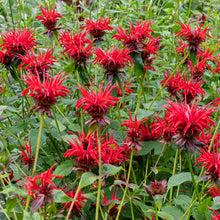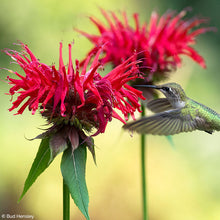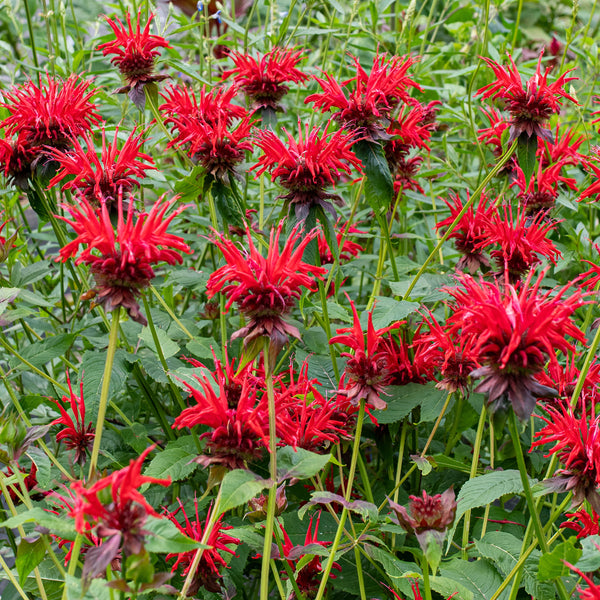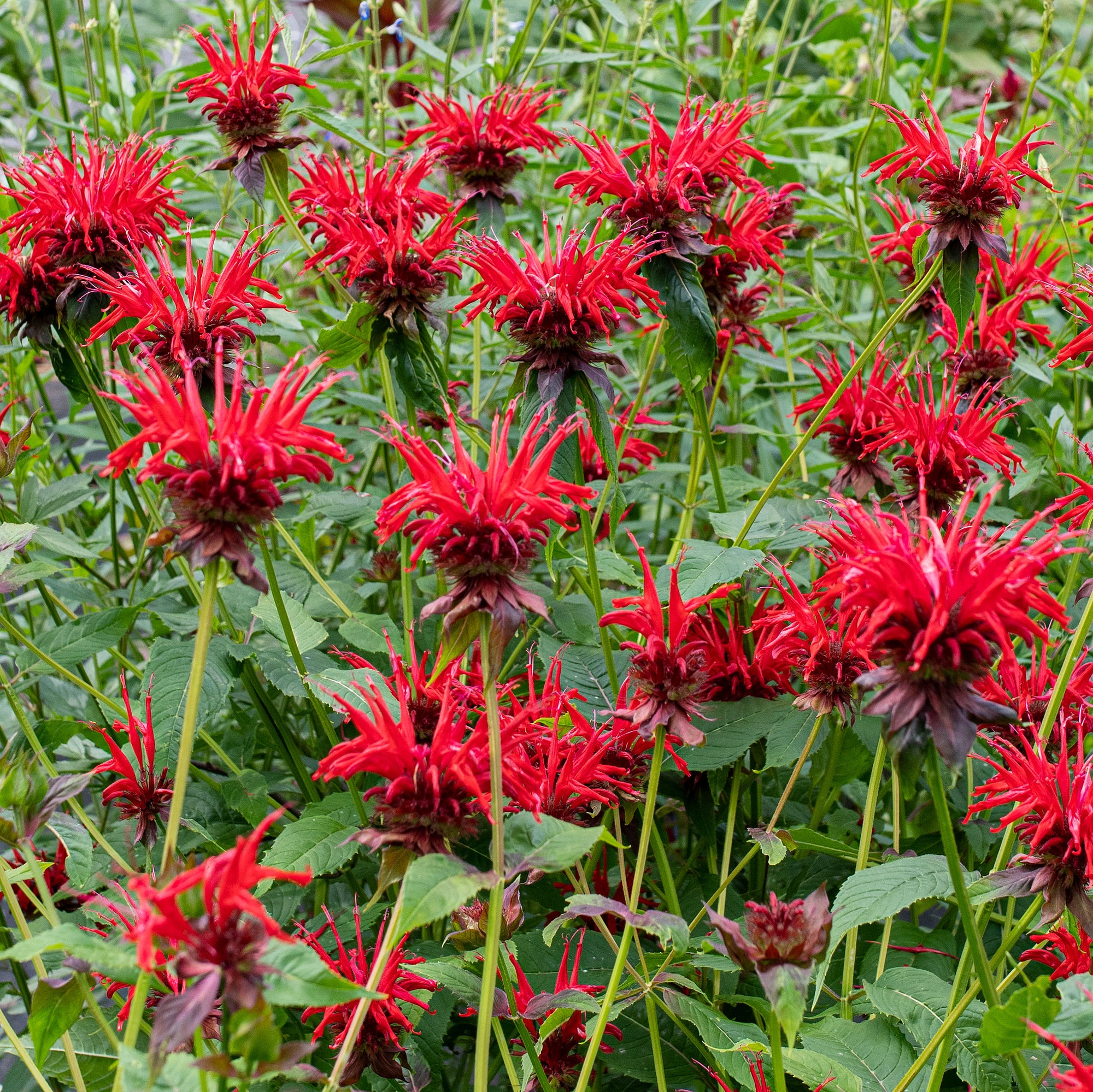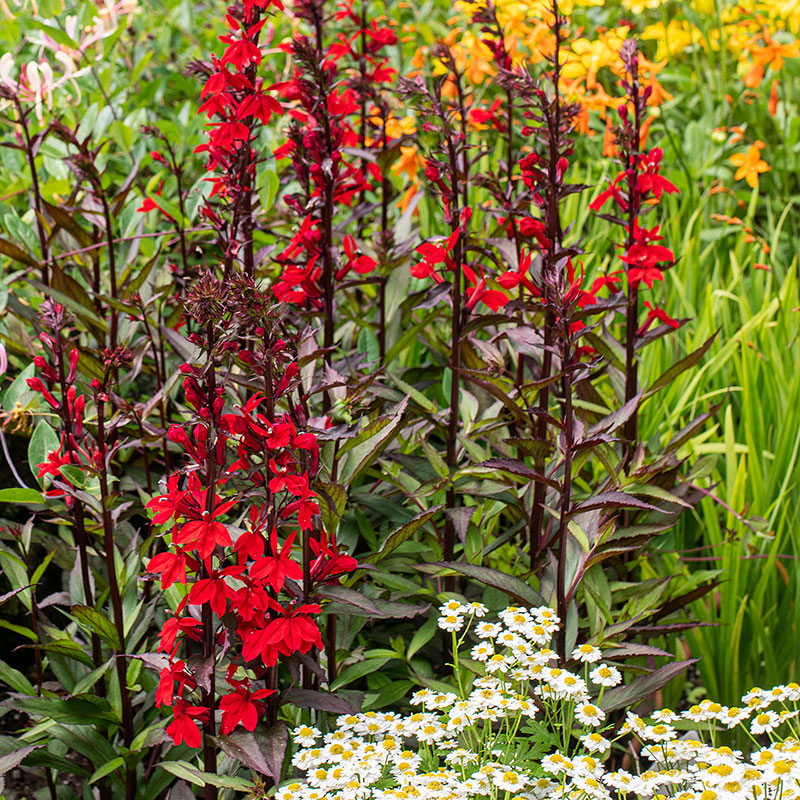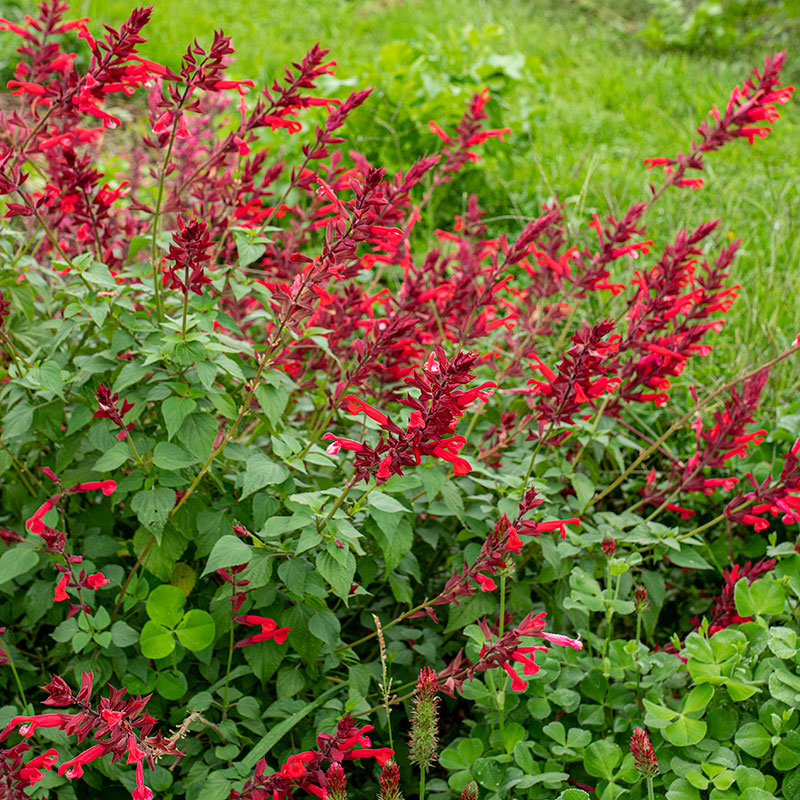Plant
Bee Balm 'Jacob Cline'
Monarda didyma
Once called Oswego tea, the Oswego Nation was drinking fragrant teas of this herb when early botanist Bartram encountered the tribe. A flavor combination of citrus and mint offers a refreshing taste. This selection is the best of the red bee balms, with early bloom starting in June and large flower crowns of glowing crimson.
SKU #P6500
Buy more and save!
| Minimum Qty | Discount |
|---|---|
| 3 + | $0.20 off each |
| 6 + | $0.45 off each |
Growing Companions






























